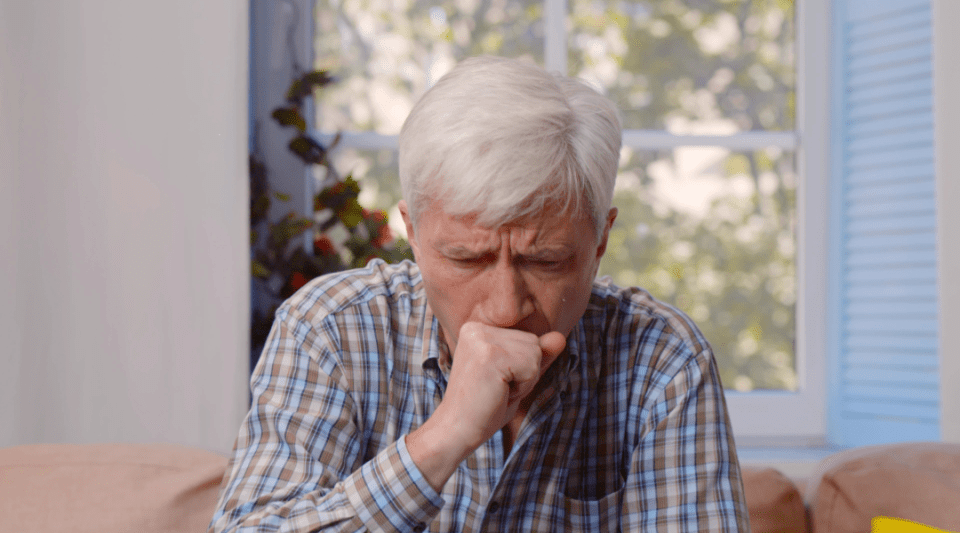It is an infection that inflames and damages lung tissue, specifically the alveoli (small sacs where air enters to carry out gas exchange). When a person has pneumonia, these structures are filled with inflammatory fluid or pus, preventing gas exchange from taking place satisfactorily. This prevents proper breathing and causes symptoms such as fever, cough, shortness of breath and general malaise or fatigue.
The microorganisms that most frequently infect the lungs are bacteria and respiratory viruses. Pneumococcus (Streptococcus pneumoniae) is the most common bacteria that causes pneumonia. Other bacteria include Haemophilus influenzae, Mycoplasma pneumoniae and Legionella pneumophila. The most typical respiratory viruses are influenza (Influenza virus A and B) and rhinovirus, which are very common, especially in winter.
How many people are affected by pneumonia?
The incidence in Spain has been estimated at 8 cases of pneumonia per 1,000 inhabitants, although this varies greatly with the age group.
Young persons (14-24 years) have a relatively low rate, at 4 cases per 1,000 inhabitants; meanwhile, the incidence for those over 65 years is high, at 13 cases per 1,000 inhabitants and very high for those over 85, with 19 cases per 1,000 inhabitants.
Pneumonia not only affects older people more, but has a marked seasonal pattern. Cases increase significantly in winter, with a peak in February when 14 cases per 1,000 inhabitants are reached.
The most vulnerable
The risk of developing pneumonia is influenced by numerous factors, such as age, chronic diseases and lifestyle habits.
-
Advanced age: After the age of 65, the risk increases dramatically, as ageing weakens the immune system. This risk also increases due to swallowing disorders and frequent dental diseases.
-
Chronic diseases: Diabetes, malnutrition problems, chronic obstructive pulmonary disease (COPD), kidney failure and heart failure are examples that significantly increase the susceptibility to pneumonia.
-
Immunosuppression: Patients undergoing cancer treatment or immunosuppressive therapies also have a much higher risk.
-
Toxic habits: Smoking increases the risk of pneumonia by 51% and excessive alcohol consumption is also a significant risk factor.
-
Neurological disorders and other factors: Conditions such as dementia, stroke, poor oral hygiene and exposure to pollutants also contribute to the development of pneumonia.
Severity of pneumonia
The severity and mortality of pneumonia varies greatly with the person and their risk factors. Patients treated on an outpatient basis have a mortality rate of less than 1%. However, mortality for hospitalised patients increases to 5-15% and can reach up to 50% for those admitted to intensive care units (ICUs).
Factors such as advanced age, chronic diseases, antibiotic-resistant bacterial infections and complications such as septic shock worsen the prognosis.
Prevention is possible
Prevention is key to reducing the impact of pneumonia. Vaccination against pneumococcus and influenza, control of chronic diseases, stopping smoking, adequate nutritional status and good oral hygiene are all essential to prevent the onset of this disease. Cases should also be identified and treated early to avoid complications.
Pneumonia is a public health challenge in Spain, especially for the elderly and patients with chronic diseases. However, with adequate prevention and effective treatment, it is possible to reduce incidence and improve the results in affected patients.
Information documented by:
Dr Nuria Albacar, Pneumology Department at Hospital Clínic Barcelona.






